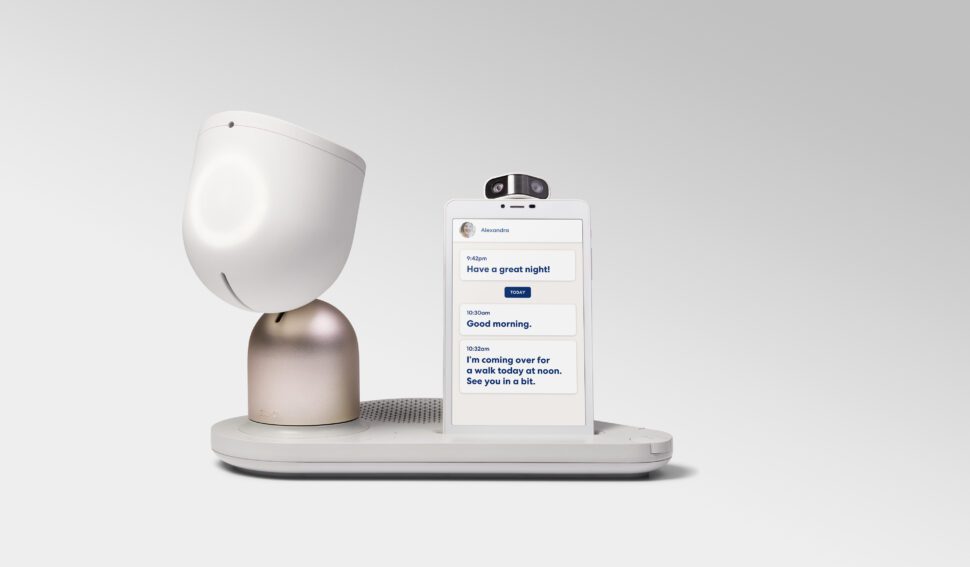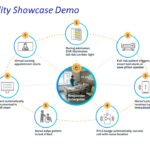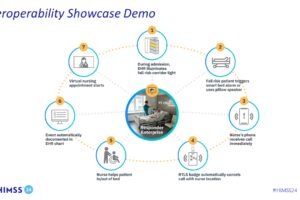The previous articles in this series explain how technology is being used to bring people out of social isolation. But sometimes, loneliness springs from other mental conditions, such as anxiety and depression. Targeting these problems can help bring the patient back into a community.
Treating Psychological Conditions
One of subtler negative effects of moving online is that people lose the small, casual social interactions that previously would buoy their spirits and leave them smiling: asking for help from the post office staff, chatting with cashiers while bagging purchases, greeting people in the elevator, etc. The millions of people working from home during the COVID-19 shutdown—and many are still doing so—lost the multi-layered connections they had with their fellow workers, and have found that they can’t reforge such bonds online.
Ideally, we’d all find ways to replenish these weak social ties. But given the centrifugal pull in modern society, some companies are using computers to provide social interaction. Recent big advances in AI, chat, and voice synthesis make it possible to shape personalized conversations and simulate human contact. Some people may find that trrend manipulative or creepy, but such computerized interactions have been shown to combat loneliness.
I spoke with Dor Skuler, CEO and cofounder of Intuition Robotics, about their ElliQ companion for the elderly. It asks questions to determine their needs and then carries on the kinds of sympathetic dialogs that a family member or friend would offer (Figure 1). ElliQ can check on users’ health and suggest positive steps to take. Some of these steps can reduce social isolation, such as encouraging the user to take a photo and send it to a family member.

Skeptical? Intuition Robotics finds that ElliQ users have seen an 80% reduction in their perception of loneliness. Users average more than 30 interactions per day, and increase their use if they stay with the service for more than 30 days. Being a learning system, ElliQ gets better as the user stays with it.
Since 2022, many states and aging agencies have offered ElliQ for free because it helps people age at home. Other users pay a subscription. Because ElliQ is funded by these payments, Intuition Robotics doesn’t have to ” monetize people” by marketing a product or selling data. Thus, the service can focus on providing exactly what each user needs.
Like other institutions, health care providers have installed chatbots to handle a high volume of requests from clients. The chatbots can’t provide the same subtlety as a trained human, but can spread a service’s resources further and potentially reach more people.
Matt Hollingsworth, CEO of Carta Healthcare, talked to me about the potential of the metaverse: online spaces where people can interact with a lot of visual and auditory stimulation. Although projects by Meta and other companies haven’t lived up to the promise of the metaverse (which goes back a couple decades with Second Life), Hollingsworth says that Gather has found some success at building person-to-person connections.
Sandeep Shah, founder and CEO of Skyscape, says their Buzz service already uses AI to turn up risks while it facilitates patient interactions with clinical and family care givers. Shah expects sentiment analysis to be part of future services that handle patient communications.
Humane Technology in a Less Humane World
Our epidemic of loneliness has crept up on us as the things that humans used to do naturally are being digitized. It’s hard even to drag your doctor away from the computer to talk to you.
Susan Smith, a nurse who is a clinical content analyst at Sagility, says many people don’t notice that they’re socially isolated and don’t attribute their feelings of depression, anxiety, or difficulty coping to social isolation. Teun Schutte, managing consultant of digital strategy in healthcare at Mobiquity, said that young people in particular don’t make the connection between mental illness and social isolation. Education is needed about the importance of connections.
Technology, as this series has shown, can be used to strengthen social connections as well as to weaken them. By making us more conscious of our need for other people, the technologies might push us to head down to the park or basketball court and interact with somebody.













